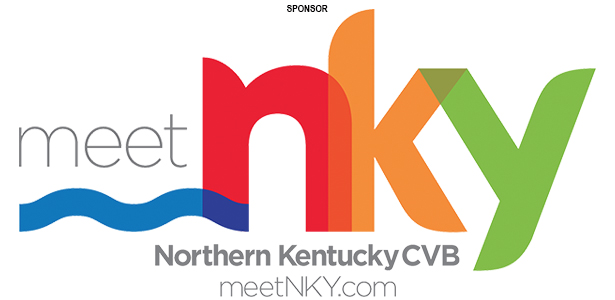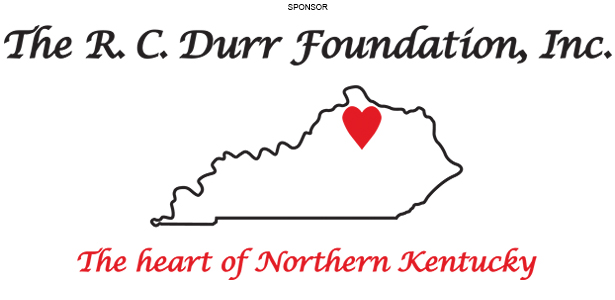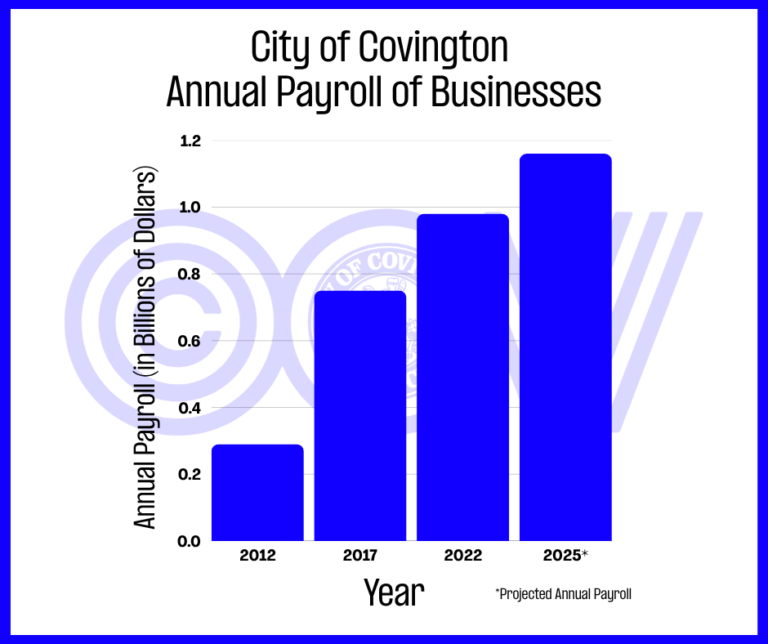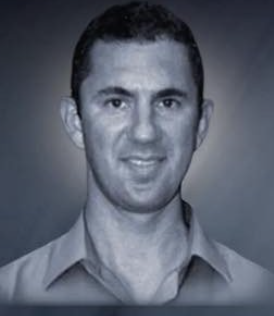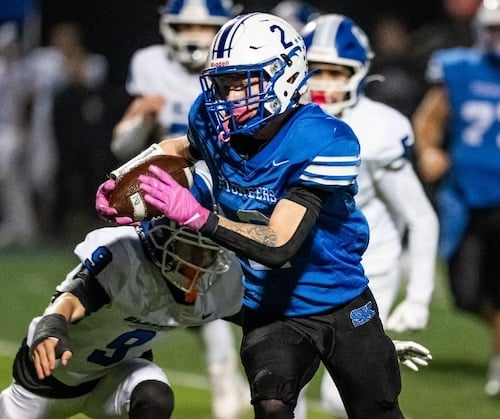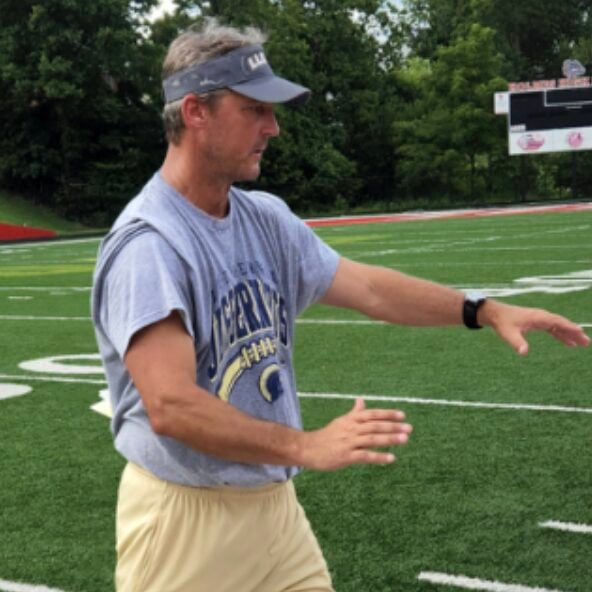“Tell me and I forget, teach me and I may remember, involve me and I learn.” — Benjamin Franklin
Some of my former students and I have had some powerful experiences in creating curriculum together for publication by organizations. Along the way, we found anew that curriculum rich in active engagement with primary sources can result in impressive long-term retention and on-going critical-creative thinking.
In the mid-‘90’s, one such project was for a Roman Catholic organization wanting to publish a family life curriculum K-12 based on the Bible and Catechism. We invited practicing teachers in parochial elementary schools, graduates of Thomas More College, and created the K-8 portion first, an interdisciplinary curriculum rich in art, original music, drama, and physical engagement with the Bible as the textbook.

Classroom sets of Bibles would be available with the curriculum when a class needed each student to have a copy for a particular lesson. The religious education curriculum received official approvals for use in Roman Catholic schools: the Nihil Obstat and Imprimatur from the diocese of the publisher and approval with commendation from the National Conference of Catholic Bishops.
Interesting things happened during our local pilot and national field testing. A primary teacher in one of the field tests reported when they were beginning a lesson using the individual copies of the Bible, one of her students exclaimed, “I love all these little numbers. It’s so easy to find my place.” Then the student added, “We should have these little numbers in all our schoolbooks!” Young readers had little to no previous experience using a Bible and enjoyed the experience.
As for kindergarten and early first grade, the Bible was still the official textbook. When certain passages were the focus of a lesson, the students would gather round as for a story time and the teacher would read from the Bible, paraphrasing as necessary. “In the beginning…”
In the intermediate grades, teachers noticed when students had their own copies of the Bible to use the classroom ambiance was different than with other textbooks. There seemed to be a seriousness, a realization of the respect for this book and for their own finding and reading for themselves. Attention was heightened; thoughtful discussion consistently enriched with references from their reading. Their questions prompted further reading. Some students continued to read on their own. Each lesson included an application involving an engaging interdisciplinary connection. (Interdisciplinary connections weave several subject areas together logically for mutual strength.)
In the pilot test, the unit was taught in October. There was an assessment. But what would they remember?
Six months later, a long-term assessment was conducted. We were pleased with the results. In the seventh and eighth grades, each of the students listed over eighty percent of the activities of the unit and their applications.
The Bible as a primary source/textbook was working in many unanticipated ways.
Another time, we received a request from a Korean organization. They were publishing a K-12 curriculum about Korea for use in American schools. With the elementary and high school sections complete, they needed a middle school curriculum. Three of us agreed to the task: an education professor, a public middle school social studies teacher, and a parochial middle school language arts teacher…all local, all Thomas More College grads. Yes, we love working together.
The lessons of the curriculum, identifying relevant state academic standards, would cover the impact of the brutal Japanese conquest and occupation of Korea during World War II.

We chose three primary sources: two young adult historical novels, LOST NAMES, a boy’s account and YEAR OF IMPOSSIBLE GOODBYES, a girl’s account, the authors having lived through the occupation, and the United Nations’ Universal Declaration of Human Rights. The curriculum titled LOST NAMES, LOST DREAMS, provided an Asian counterpart to the popular middle school use of the European THE DIARY OF A YOUNG GIRL, also known as THE DIARY OF ANNE FRANK.
The two Korean accounts describe family life during the occupation. The Koreans lost their identities as their alphabet, names, virtually all markers were removed to be replaced with the Japanese alphabet, Japanese names for each of them, for places and things. Family treasures of all kinds were taken away never to be seen again. Japanese military practice dominated the school days. Korean life disappeared totally and completely, everything replaced by Japanese everything.
As the readings evoked strong emotional and intellectual responses in students, the use of the Universal Declaration of Human Rights affirmed and confirmed as student responses matched the United Nation’s position regarding such violation and cruelty. The countries of the world stand against inhumane treatment and its evil.
The co-authors pilot-tested the curriculum in their classrooms. The engaging lessons addressed multiple Kentucky Academic Standards with a range of social studies and language arts topics. Students also learned about modern Korea. At the end of the study, one of the classes decided to visit a local Korean restaurant to sample the foods they had read about, realizing that even Korean foods were lost during the occupation, understanding the role played by special foods for any culture’s identity.
Activities in the lessons promoted application to their own times, natural for the students, each lesson becoming personal and unforgettable.
Primary sources can be counted on to bring credibility and structure to any study, stimulate critical-creative thinking, curiosity, application and extension, long-term retention.
Might you have come across the use of primary sources such as artifacts, diaries, and documents? In schools? In business? In marketing? And their purpose there? Might you use a primary source to strengthen or clarify your position?
Primary sources often teach all by themselves. Hmmm.
Judy Harris is well established in Northern Kentucky life, as a longtime elementary and university educator. A graduate of Thomas More, she began her career there in 1980 where she played a key role in teacher education and introduced students to national and international travel experiences. She has traveled and studied extensively abroad. She enjoys retirement yet stays in daily contact with university students. Reach her at judyharris1579@gmail.com





